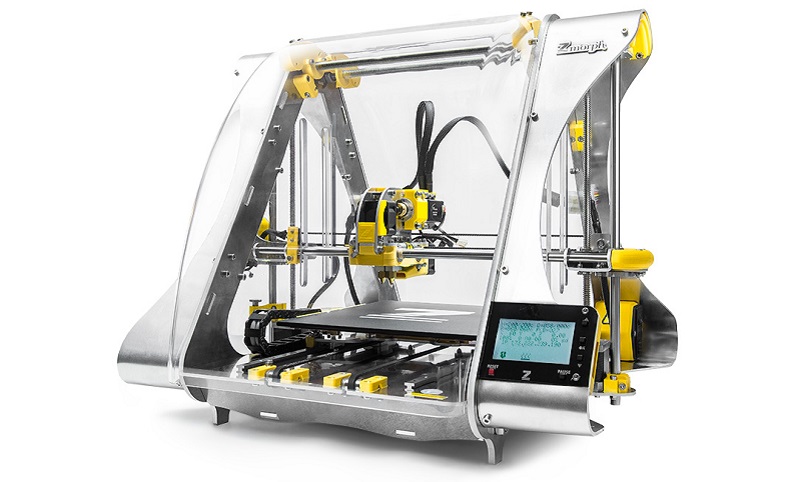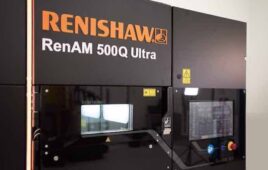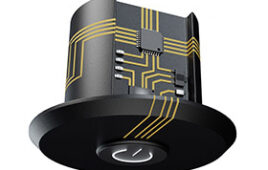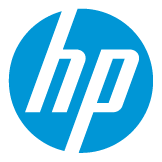
The dual extrusion ZMorph platform. Image credit: ZMorph
ZMorph, the company behind a “multifab” printer that can function in 12 different ways, is working on expanding its business in the United States.
The company, based in Poland, opened a San Francisco office in September and plans to move more of their staff and resources into the United States throughout 2016. Since 2014, ZMorph has been forming relationships with American universities, including Stanford University’s Product Realization Lab and the University of Southern California’s School of Architecture.
The large number of heads enable “mass customization,” said Przemek Jaworski, CEO and founder of ZMorph. Jaworski started his work in design as an architect, and then branched out into parametric design and digital fabrication, particularly as it applies to architecture.
The machine uses the multi-fab heads to use different materials in quick succession or on the same project, and can perform 12 different functions, including laser cutting, CNC milling, 3D-scanning, liquid printing, and liquid mold injection. In September, three more toolheads were introduced: a multi-material mixing extruder can blend plastics together, a generation IV thick paste extruder that can be used for food or ceramics, and a new integrated CNC milling toolhead provides high-powered professional milling.
ZMorph positions itself within the realm of multi-fab innovation, in which printers can produce different types of materials simultaneously for greater flexibility of properties. Massachusetts Institute of Technology’s Computer Science and AI Lab also created a 3D printer that streamlined 3D printing by scanning individual components of a planned item and printing it with one of 10 different materials.
In an interview on Dec. 8, Jaworski described ZMorph’s product as more a robot than a 3D printer, since it can also perform CNC milling, laser cutting, and other techniques depending on which toolhead or set of toolheads it is fitted with.
“Our hardware is versatile and can change functions,” said Jaworski. “For example, schools or fablabs know that instead of buying four or five machines they can only buy one machine that functions on board and can fill their need.”
He said that the biggest challenge in creating one machine that could use such a variety of different toolheads wasn’t in the hardware – it was in the software.
“The biggest challenge was always creating the software and plug-ins that could run them. Behind each of these toolheads there is a story about how the software and the algorithms were developed to make it run in the best way and create tool paths that create objects in a completely different way.”
Creating them took both physical testing and software testing, especially in the case of 3D scanning an object.
ZMorph currently has a toolhead that can 3D scan objects in order to create digital files, and is working on spinning the scanner off as its own product.
Most of the extruders are built in the same way, but the key is the different nozzles. It took about 15 prototypes to arrive at a satisfactory multi-material nozzle that could print either with one or two materials, or mix both.
ZMorph is making gradual progress in growing its business in the United States. It first made advances into industry shows in 2014 before opening the San Francisco office. Now, the company is working on getting involved with more American resellers and retailers, with plans to have their products available from Amazon by Christmas.
“We’re really, really excited about developing our product and bringing it to United States customers, but also we are very committed to bringing the best product there can be on the market,” Jaworski said. “What’s really interesting is there’s a lot of competition in this area of multifunctional machines. They keep coming up but it still feels like our machine is unique in the market. And we want to keep it that way. So that’s why we’ll never stop innovating.”
Filed Under: 3D printing • additive • stereolithography, Industrial automation




